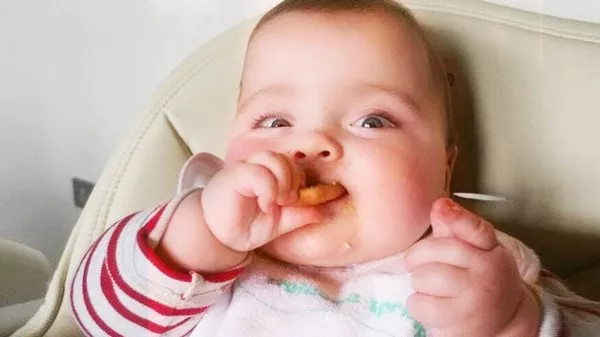From the moment a baby enters the world, their senses are bombarded with stimuli, shaping their understanding of the environment around them. While much attention is often given to a newborn’s sense of touch and sight, their ability to perceive sound is equally significant. Understanding what newborns hear, and how they interpret auditory information, provides valuable insight into their early development and forms the foundation for their communication skills.
The Development of Hearing in Newborns
Contrary to popular belief, a baby’s sense of hearing is well-developed even before birth. By the third trimester of pregnancy, the auditory system is largely functional, allowing the fetus to perceive sounds from the outside world. Research indicates that fetuses respond to various auditory stimuli, including their mother’s voice, music, and even noises from the surrounding environment.
Upon birth, a newborn’s auditory system continues to mature rapidly. While their outer ears may still appear folded and their ear canals relatively narrow, the inner ear, responsible for transmitting sound signals to the brain, is fully developed. Despite this development, newborns may still exhibit some auditory preferences and sensitivities based on their prenatal experiences.
Understanding Newborn Auditory Preferences
One of the most fascinating aspects of newborn hearing is their preference for familiar sounds, particularly those they encountered in utero. Studies have shown that newborns display a preference for their mother’s voice over other voices, indicating a recognition of familiar auditory stimuli. This preference highlights the importance of prenatal bonding and suggests that babies begin forming attachments to their caregivers long before birth.
Additionally, newborns show a heightened sensitivity to high-pitched sounds, which may be attributed to the frequency range of their mother’s voice and the sounds of the uterine environment. Loud noises, such as sudden bangs or alarms, can startle newborns and may even trigger a protective reflex known as the Moro reflex, where the baby extends their arms and legs in response to a perceived threat.
The Role of Language Exposure
Exposure to language plays a crucial role in shaping a newborn’s auditory development. Infants are born with the innate ability to distinguish between speech sounds from different languages, but their ability to recognize specific phonetic patterns is influenced by the language spoken in their environment. Babies raised in bilingual households, for example, demonstrate early proficiency in distinguishing between languages and may show enhanced cognitive flexibility later in life.
Moreover, the quantity and quality of language exposure during the early months of life have a profound impact on a child’s language acquisition skills. Research suggests that babies who are exposed to a rich linguistic environment, characterized by frequent interactions and conversations with caregivers, tend to develop larger vocabularies and stronger language comprehension abilities as they grow older.
Sensory Integration and Multimodal Perception
In addition to hearing, newborns rely on other sensory modalities, such as touch and vision, to make sense of the world around them. The integration of these sensory inputs allows babies to form a coherent understanding of their environment and establish meaningful connections between different stimuli. For example, the sound of a caregiver’s voice combined with the sensation of being held creates a multisensory experience that reinforces the bond between parent and child.
Furthermore, research suggests that newborns are capable of multimodal perception, where they can coordinate information from multiple sensory channels to enhance their understanding of a particular stimulus. For instance, infants demonstrate the ability to associate facial expressions with corresponding emotional cues conveyed through voice tone, indicating an early awareness of the interplay between auditory and visual signals.
Early Intervention and Hearing Health
Given the critical role of hearing in newborn development, early detection of hearing impairments is essential for ensuring optimal outcomes. Hearing screenings are routinely conducted shortly after birth to identify infants at risk of hearing loss and provide timely interventions to support their auditory development. Early intervention services, such as hearing aids or cochlear implants, can help mitigate the impact of hearing loss on a child’s language and cognitive development, enabling them to reach their full potential.
Moreover, ongoing monitoring of hearing health is important throughout childhood, as hearing abilities may continue to evolve as the child grows and experiences new environments. Regular hearing assessments can help identify any changes in auditory function and inform appropriate interventions to address any emerging concerns.
Conclusion
The journey of auditory development begins long before birth and continues to unfold during the early months and years of life. Understanding what newborns hear provides valuable insights into their cognitive, linguistic, and emotional development, highlighting the importance of early experiences in shaping their auditory abilities. By fostering a supportive auditory environment and addressing any hearing-related concerns promptly, caregivers can lay the groundwork for healthy communication and learning outcomes for their children.


